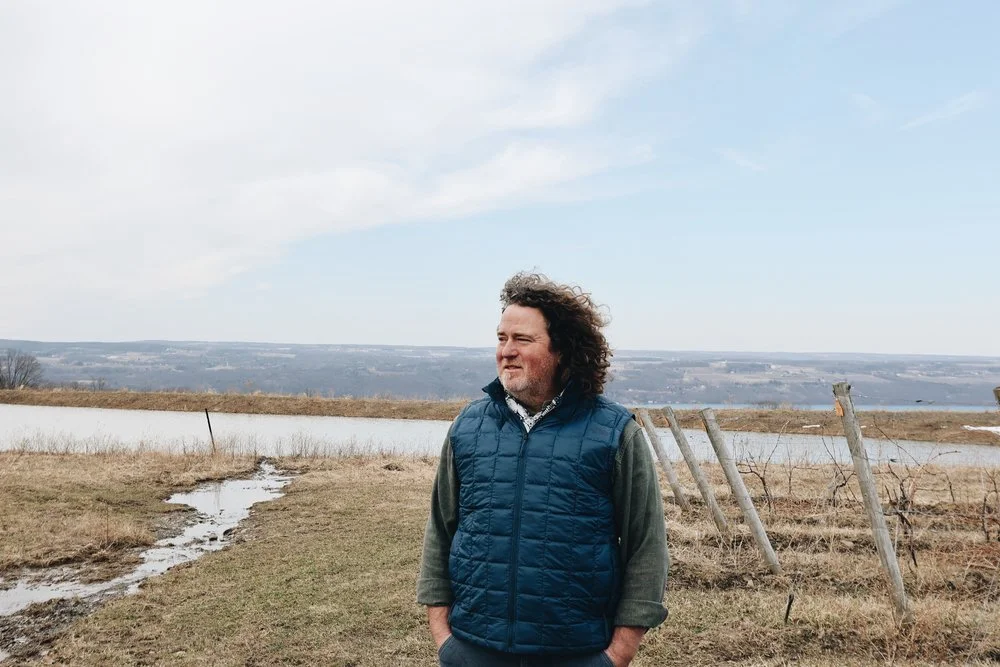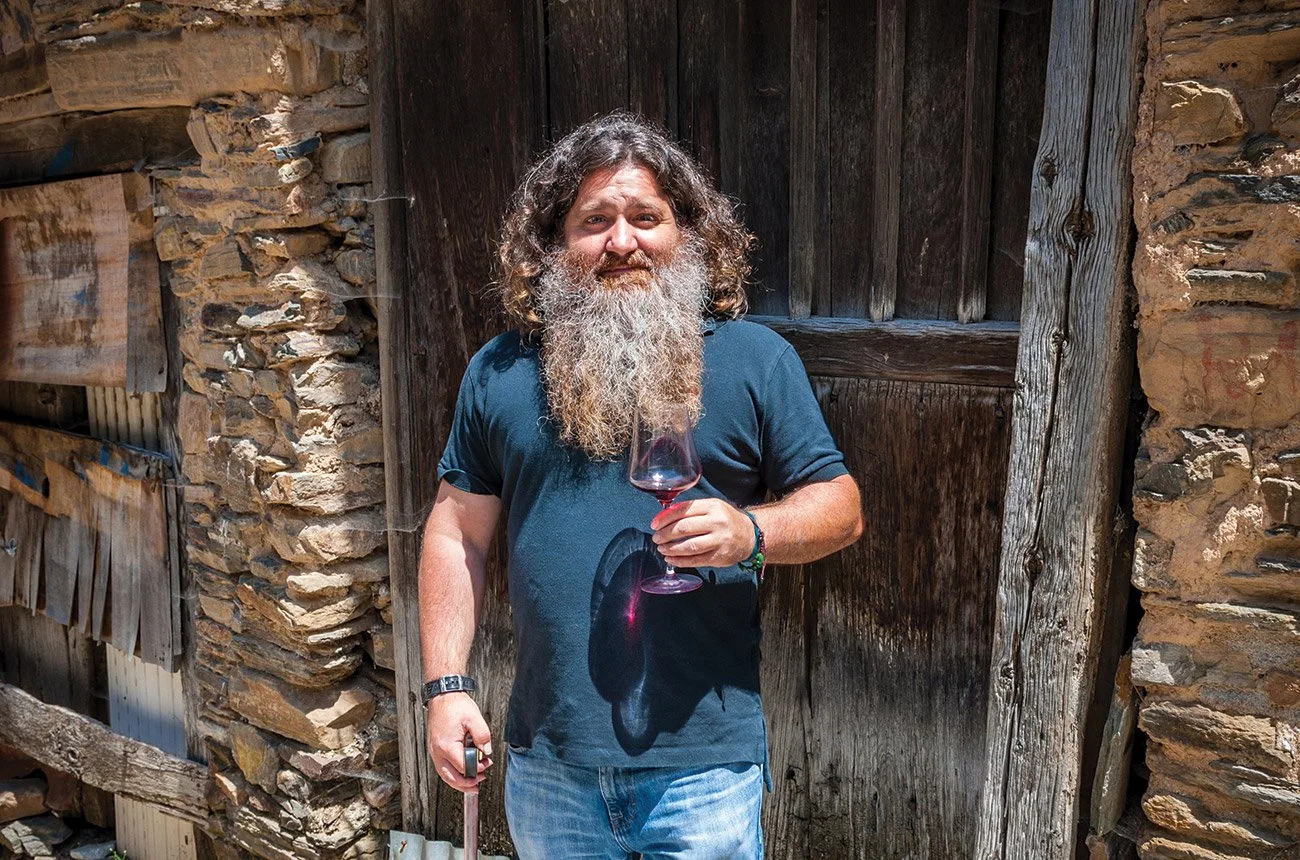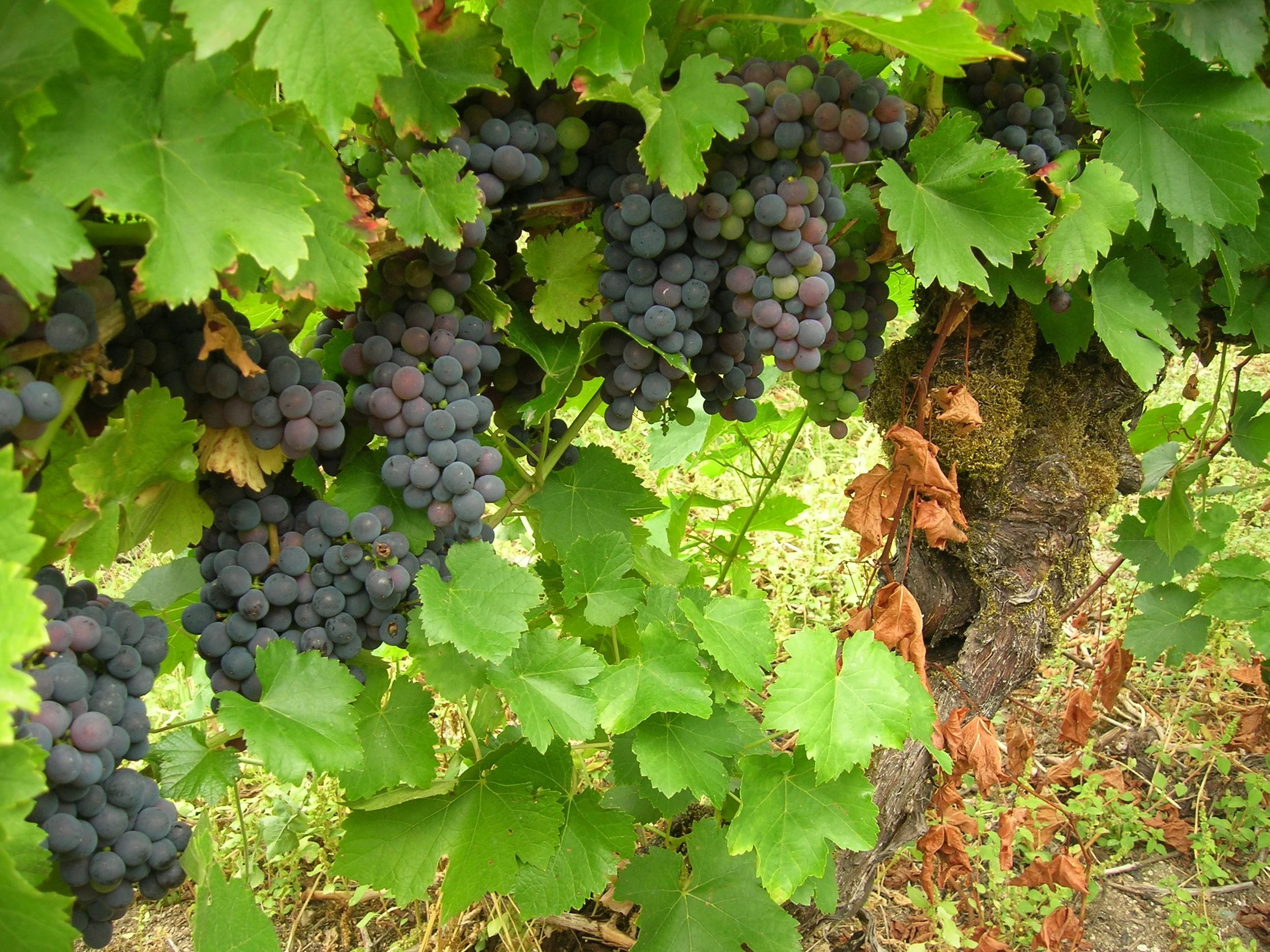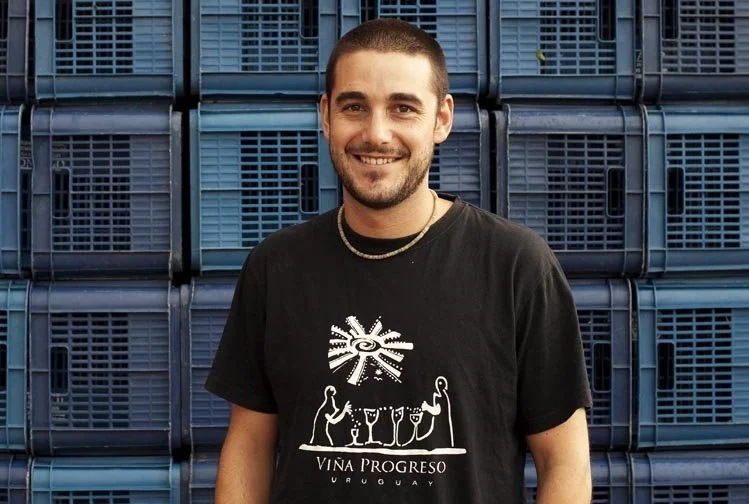Vine Path Blog 5/22: Meet Mariana
Our new curator, Mariana picks 4 wines that give a sense of what wines she finds exciting and an idea what’s to come…
Vineyards at Forge Cellars
I really enjoy wines that feel like they have energy. I’m aware this sounds both corny and mystical since it’s subjective and almost impossible to quantify. If I had to give an example of what I’m talking about - I’ll try with one of the last wines that gave me the feeling- Forge’s Railroad Vineyard Riesling.
I had the preconceived notion that wines from the Finger Lakes, NY are pleasant and tasty though maybe not ones to leave a lasting impression. Like any evolving, wine region - that may have been true at some point but it’s not the whole story anymore. There are amazing winemakers and vine-growers moving to the Finger Lakes and better yet - the ones that were already there are getting better and better. Case in point - Forge Vineyard!
Rick Rainey
Forge Vineyard - Railroad Riesling
The first time I tried Forge wines, Rick Rainey who is a managing partner of the winery - led the tasting. His presence is very comfortable and warm which makes you immediately want to visit the winery - especially when he mentions that they have a leg of Jamón Ibérico hanging around ready to be sliced between sips. Rick also explains how fortunate and unique it is that the Forge winemaker is Louis Barroul - a longtime friend that took him up on a dream that he had.
You know the type of promises you make after having some wine that sound like an amazing idea but are forgotten by the next day? That’s how this started - but they actually did it!
Louis Barroul comes from 14 generations of a winemaking family in the Gigondas village in the Southern Rhone Valley of France. If you’ve heard or had any wines of Chateau de St. Cosme -you’ve had Barroul family wines - a staple of the region. Like any master of his craft, Louis was excited for a new challenge. Instead of Grenache it would be Riesling and instead of Gigondas it’d be the Finger Lakes. In his words: it would be a nice human adventure in which the goal is the same as back in France - to express in a wine the soul of a place.
Forge is referring to 2020 as “The Vintage of the Sun” since it had so many sunny days. There is a waxiness to their Rieslings rather than the petrol notes sometimes associated with the grape that Rick says is intentional. They focus on bringing out that beeswax and vinify until bone dry. The spicy, herbaceous quality of Railroad is so exciting with its notes of anise and ginger. The finish reminds me of the piquant sensation you feel after taking a big sip of ginger beer. Only 303 cases were produced!
Dan O’Brien
Gail Winery - Doris Rosé
Like Zach, I think there is a spot on the table for rosé year-round. It’s not just a summer fad!! There are so many styles of it: some so light you can drink like water on the beach, some so structured you can age for a few years. The “Doris” rosé from Gail winery is the type of rosé that is so balanced that it can be had either on its own to complement a good conversation or to complete a meal.
I was drawn to Gail for their elegant wines but was intrigued when I found out that the founder and winemaker Dan O’Brien has ties to Boston. A native Rhode Islander, Dan spent a decade as a sommelier in some of Boston’s top wine places (Grill 23 and a throwback Excelsior) . He eventually felt a calling to go out west to learn how to make wine and manage vineyards. His first vintage came out in 2013 and his wines have been evolving ever since under the name Gail to honor his late mother. Self described as adventurous Californian wines (everything is grown in Sonoma) with a nod to European tradition.
And so we have the “Doris” rosé - inspired by the wines of Touraine in the French Loire Valley. It’s a co-ferment (so made together instead of blended later) of Cabernet Franc and Malbec. The grapes were grown at Pickberry Vineyard on Sonoma Mountain. The tartness of this wine compliments the candied cherry and watermelon notes and make it feel electric!
Raúl Perez
Castro Ventosa - Mencia Joven
Ripe Mencia Grapes
One of my favorite winemakers of all time is Raúl Pérez of the Bierzo region of northwestern Spain. He’s a winemaker that consults and works on projects all over the world but his heart is in his family’s winery, Castro Ventosa situated in Valtuille de Abajo which dates back to 1752 - though this region’s wine history is even older. Phoenicians brought over vines that were then cultivated for wine by the Romans. Since it’s a town located along the Camino de Santiago (a Catholic pilgrimage people still walk today), monks began producing wine as far back as the 9th century.
In recent years, there’s been a movement all over the world of grape growers and winemakers seeing the beauty in the grape varietals of their region and taking them as seriously as a Burgundian winemaker takes their Pinot Noir. Gone are the days that only international varietals like Cabernet Sauvignon are cool or better yet, respected. Raul Pérez was and is at the forefront of that movement. Raúl’s methods are obsessive when it comes to studying soil type, micro-climates and ripening times of grapes. He wants you to be tasting the pure grape and region.
The 2020 Mencia “Joven” Rabbit label is fermented in stainless steel and matured for 3 months in used 5,000 liter oak vats to keep the wines fresh and not impart oak character. One of the reasons I love the grape Mencia is that it usually captures the minerality of the soil. Sure enough I get pencil led and fresh wood notes that are so intriguing as it reminds me of sharpening a No. 2 pencil! This is an entry level wine meant to showcase what Raul and his family do. This “entry” level is so spot on and surpasses expectations. Warning: there is a strong chance you will encounter his wines again in Vine Path!
Gabriel Pisano
Viña Progreso - Revolution Tannat
I enjoy very much trying wines from regions I’m not as familiar with that can open the door to a knew history and culture. Uruguay is a country with a long winemaking history that I know very little about but when I tried Viña Progreso- I knew I wanted to know more. Gabriel Pisano is a 4th generation winemaker that grew up in the vineyards but refined his knowledge by studying oenology at the Vine & Wine School of Uruguay and also interning at reputable wineries all over the world from California to Spain to Chile.
Since 2009 Gabriel’s goal is to show how beautiful and complex Tannat can be! Tannat is a grape mainly found in Southwestern France - most famously Cahors. In the 19th century, Basque settles brought it to Uruguay and ever since it’s flourished in its new home. The grape expresses itself in a more lush, fleshy manner than in France where it tends to be more harsh and tannic. Since Uruguay neighbors Argentina, many winemakers follow similar winemaking practices that have become typical in Mendoza such as new oak aging, long extractions (time on the skins) for a bolder, spicier style. Viña Progreso isn’t influenced by this style - in fact quite the opposite - Gabriel strives to make a fresher style of wine that is meant to be versatile with food pairings or to be had by its own. A wine that is unapologetically Uruguayan and nothing else.
The 2020 vintage in Uruguay was one for the books as it was very sunny with cool summer evenings and the right amount of rain. The Revolution is his lightest wine that shows how juicy Tannat can be - though a light savoriness can be tasted as well. He recommends to drink this with an “asado” or grilled meats! Viña Progreso gives us a glimpse into the direction Uruguay’s wine world is heading and we’re thrilled to see where it leads.







